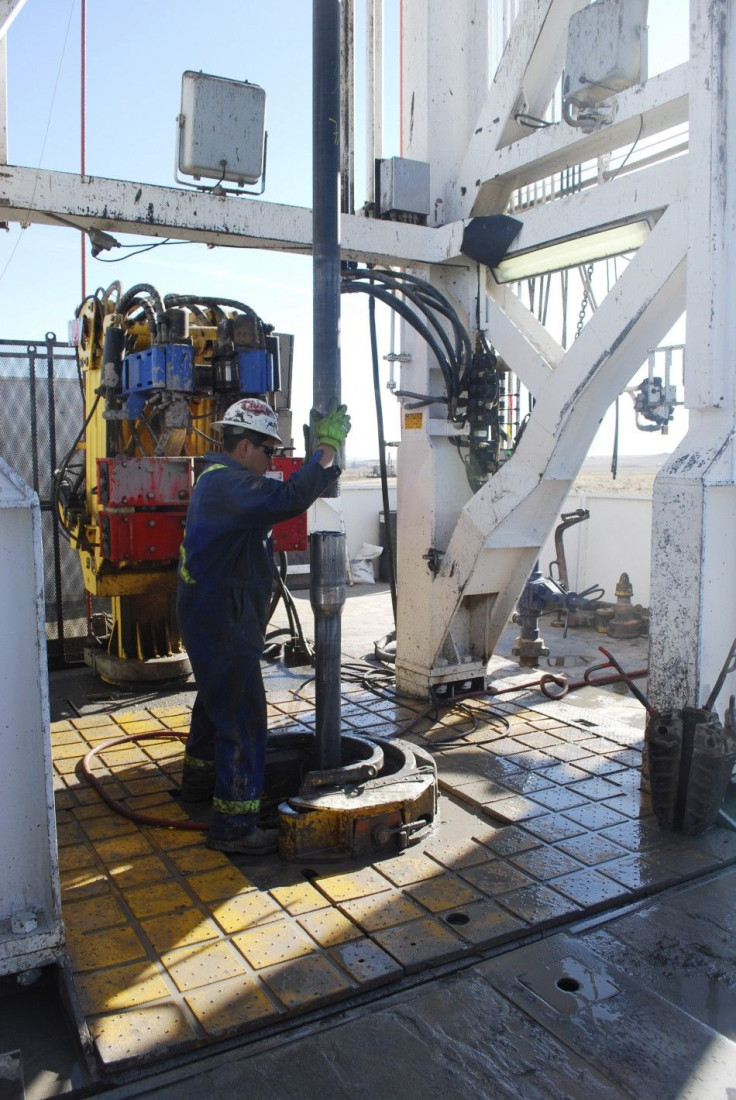EPA Draft Study Sends Ripples Through Wyoming as Industry Questions Findings

Energy in Depth, a public outreach arm of the Independent Petroleum Association of America, has issued a list of questions dissecting the Environmental Protection Agency's draft report that linked hydraulic fracturing in Wyoming to ground water contamination.
The report is the first time hydraulic fracturing has been scientifically linked to ground water contamination, but not everybody agrees with its findings.
Within less then a day of its release, the draft report sent ripples throughout the oil and natural gas industry in Wyoming and was condemned as reckless by the state's petroleum association and by Wyoming governor Matt Head, who called the study scientifically questionable.
Questions were also raised about the report prior to its publication, with the Wyoming Water Development Office recommending in a Nov. 29 review of the EPA study that at least 8 to 10 more water samples be taken on a specific testing schedule, for a more complete scientific analysis.
What EPA Found
The EPA draft report found synthetic chemicals -- like those used in the fracturing process of gas drilling -- in deep water monitoring wells the agency drilled for the purpose of the study, according to the agency's release announcing the study's findings.
The agency also found traces of hydrocarbons and chemicals in shallower drinking water wells, which the agency says is proof fracking chemicals are migrating from lower depths into the area's drinking water.
Alternative explanations were carefully considered to explain individual sets of data. However, when considered together with other lines of evidence, the data indicates likely impact to ground water that can be explained by hydraulic fracturing, the EPA wrote in its draft study.
EPA Data Called Into Question
But Energy in Depth called into question data gathered by the EPA from monitoring wells the agency drilled itself for the purpose of its study. More specifically, the outreach group questioned whether or not the EPA's drilling contributed to the agency's findings.
According to the draft study, hydrocarbons and synthetic compounds were found in the monitoring wells. Energy in Depth, however, questioned why the water samples tested from the EPA wells showed much higher levels of water contamination than the municipal and domestic water wells which were -- in the EPA's own words -- generally below established health and safety standards.
According to the study, hydraulic fracturing in the region was conducted at depths of roughly 1,220 feet. The agency's monitoring wells were dug at 980 feet. Domestic, municipal, and stock tank wells are as deep as 800 feet.
Chris Tucker, a spokesman for Energy in Depth, said the EPA drilled their monitoring wells too deeply and should not be surprised to find hydrocarbons in their water sample at that depth, especially considering the agency sampled water in a hydrocarbon producing region.
Response from EnCana Oil and Gas
Doug Hock, a spokesman with EnCana Oil and Gas USA, whose company would be the one responsible for contaminating the ground water, mirrored that sentiment. Headquartered in Calgary Canada, EnCana has for three years battled claims its drilling contaminated ground water near Pavillion.
Hock told the International Business Times it should not come as a surprise to find water levels saturated with hydrocarbons and methane at a depth where they were naturally deposited.
Coupled with the fact domestic wells do not show levels of contamination above that of the Clean Water Act, Hock said it is difficult for him to see how the EPA came up with it's conclusion.
What is the link? How is one getting to the other? Hock said, who added the EPA found chemicals in its wells that EnCana suspects came from the agency's analysts themselves.
The EPA officials dispute this, and maintain the wells were tested using stringent standards, according to a statement to IBTimes.
Our concern is about the migration of contaminants in the aquifer and the safety of drinking water wells over time. In monitoring wells, health and safety values for several contaminants were exceeded, including benzene concentrations orders of magnitude above Safe Drinking Water Act standards and pH at levels that present a contact and ingestion threat. These monitoring wells are in close proximity to drinking water wells, said the EPA's statement.
But Hock said those concerns assume the region is geologically poised to allow water at lower depths to migrate upwards, which EnCana says is not possible because there is insufficient artisan movement within the water table to push up deep water close to the surface. Additionally, there is no geological formation that prevents methane gas -- which was also detected in EPA tests -- from slowly rising through to the surface, said Hock.
We feel there is a lot more that needs to be done, Hock said, who added EnCana welcomes a peer review of the draft study as long as it is reviewed outside the EPA.
The EPA's draft study, which was prompted when residents of Pavillion, Wyo., approached the agency three years ago because they were concerned their drinking water was getting contaminated, is up for public comment.
A first round of tests conducted in 2009 found evidence of methane and hydrocarbons in domestic and municipal wells. In January of 2010, methane and diesel products were found in deep domestic wells which prompted the EPA to drill its own monitoring wells.
In October of 2010, water samples were taken from the two wells, and again in April 2011.
Without more information on flow direction and contaminant movement, significant uncertainty exists regarding specific future impacts to drinking water wells, read EPA's statement to the IBTimes.
Our sample results reflect a single snapshot in time and we are unable to determine any trends or changes in condition.
© Copyright IBTimes 2024. All rights reserved.





















